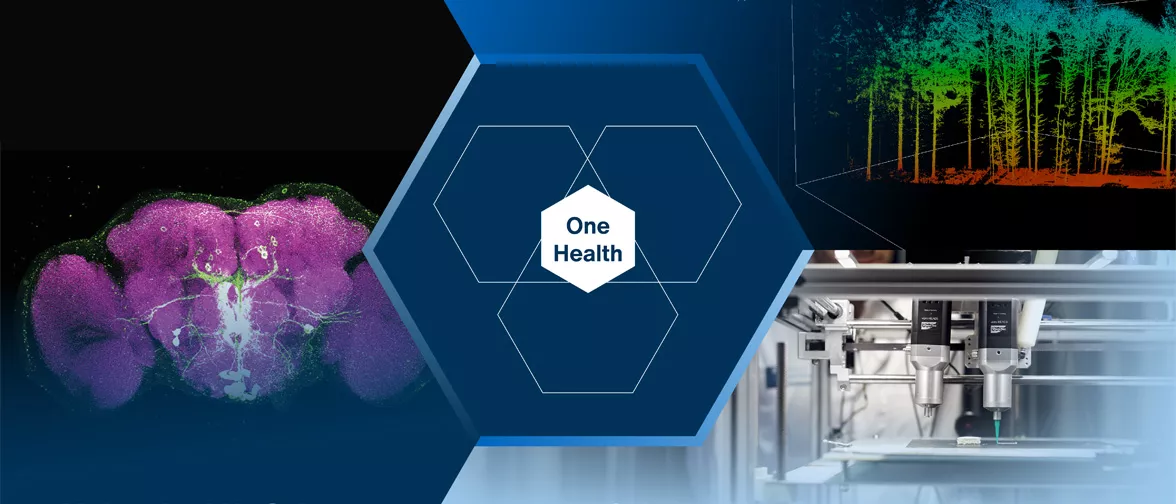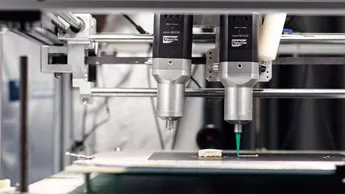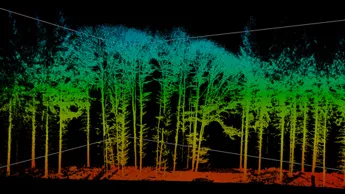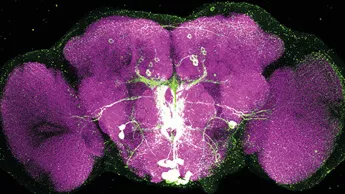Research departments
The departments bundle the research activities according to their methodology: Since the objects of investigation are not separated, for example, all plant and animal scientists working at the molecular level are grouped together in one research department. By strategically addressing fields of innovation, the three departments form an integrative research and teaching coordinate system.
This department structure allows internal school synergies to be activated and interaction potentials between disciplines to be exploited. It also enables the low-threshold initiation of system-integrated collaborative networks.
The research departments recruit internationally experienced talents and bundle their disciplinary scientific excellence. They contribute these talents to intra- and inter-school networks (e.g. TUM Innovation Networks, TUM Corporate Research Center, TUM Integrative Research Center) for research on cross-system solutions, new technologies and services with social relevance.



